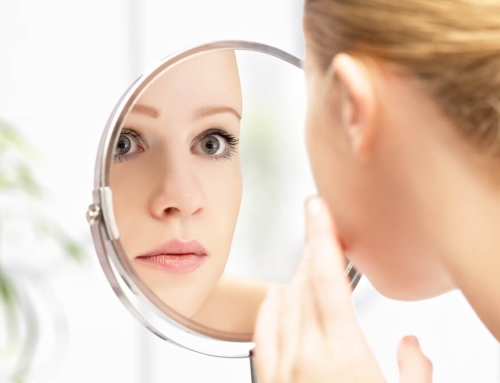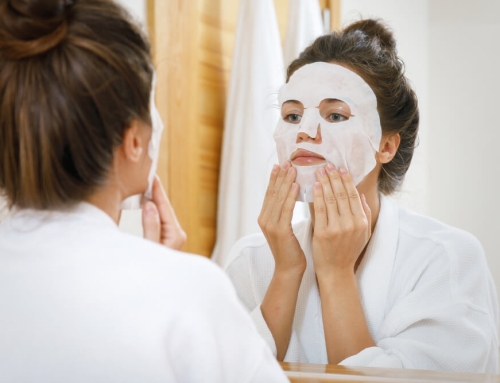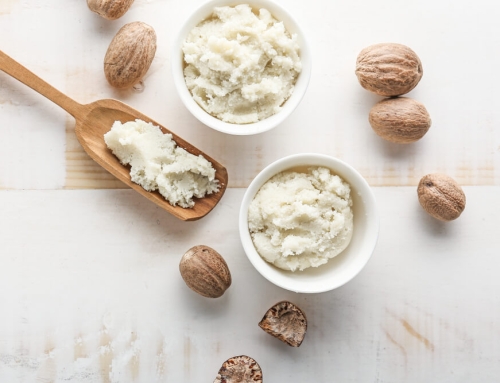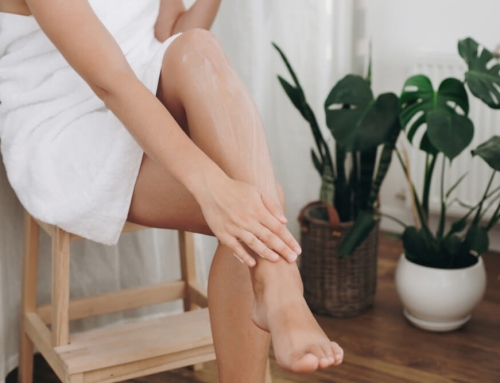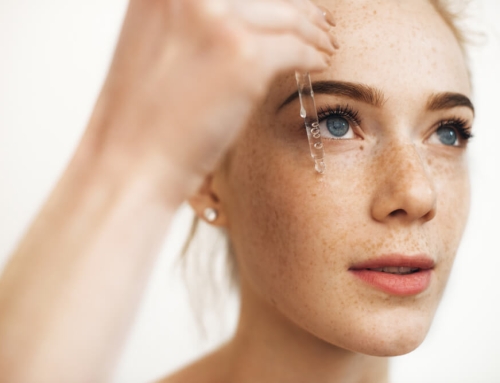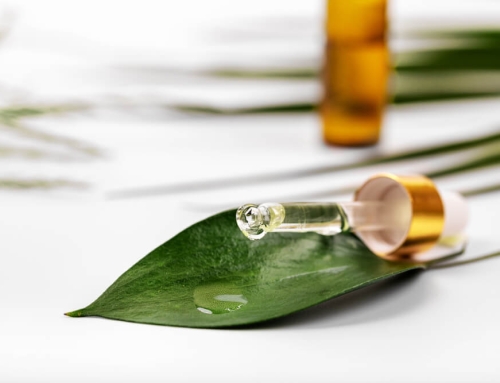DIY skin care treatments are becoming increasingly popular. After all, isn’t it good to know exactly what you’re putting on your skin?
In some cases, yes. Certain beauty hacks, such as placing cucumber slices over your eyes to reduce puffiness and soothe the skin, have quite a bit of merit out there. However, many of the treatments out there can actually cause more damage than good, making it important to know exactly when you should be leaving it to the experts.
Homemade Sunscreens
You probably already know how dangerous the sun is…
Not only are one in five Americans prone to developing skin cancer at some point in their lives, but the sun is also responsible for about 80% of the visible signs of aging on your skin, including:
- Fine lines and wrinkles
- Dark spots
- Sagging and loose skin
- A rough skin texture
All of this is due to the sun’s UV rays, and the damage that they cause when they come into contact with your skin.
Well, this is exactly why sunscreens were invented…
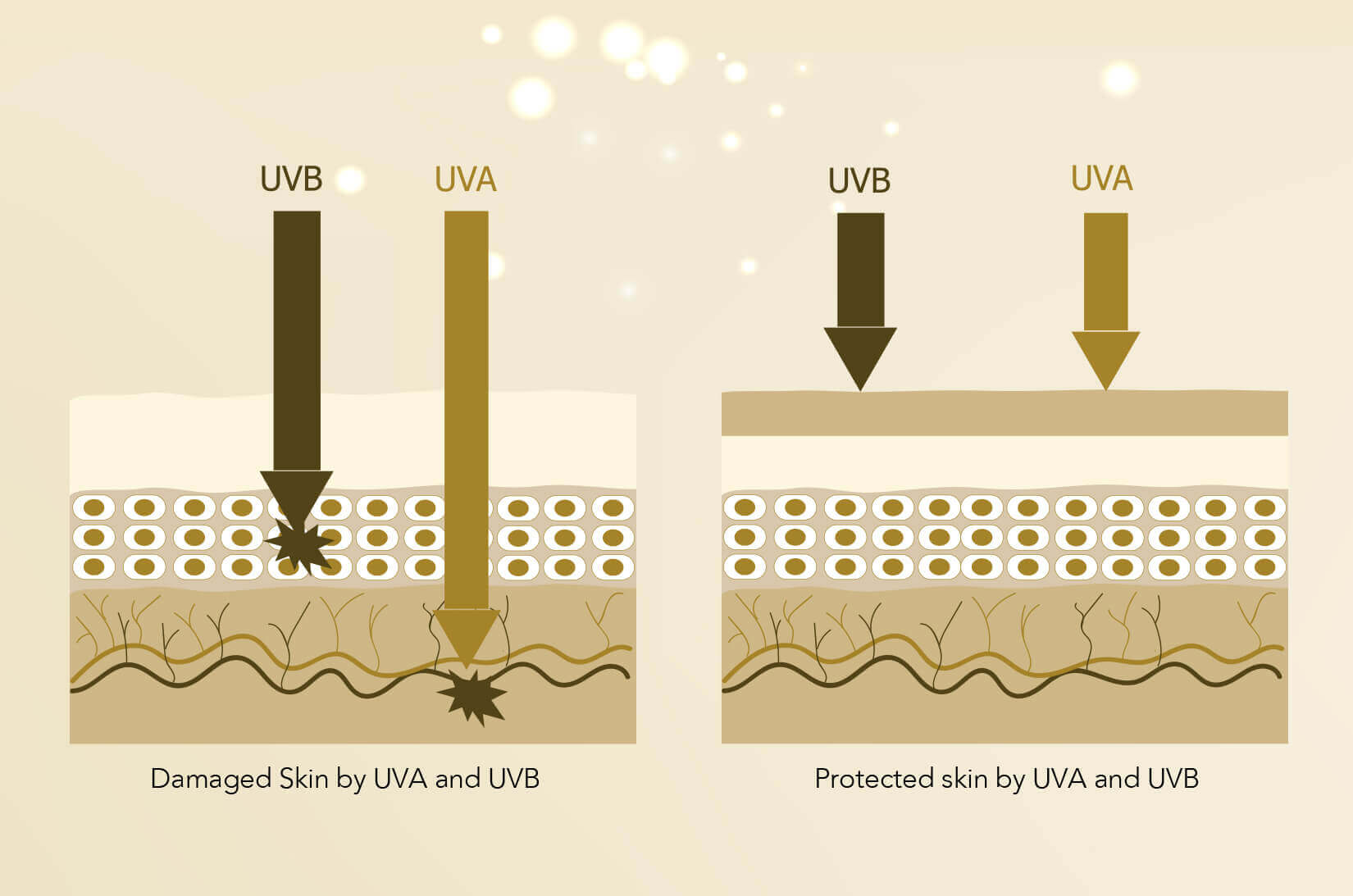
There are two main types of sunscreen out there (physical and chemical), but both work to prevent UV rays from damaging the skin.
So, what’s the problem with homemade sunscreens?
Well, for starters, it is pretty much impossible to accurately measure the SPF of a homemade sunscreen, unless you are willing to send your formula in for multiple rounds of testing. This is what commercial sunscreens have to adhere to, as it takes a very specific combination of ingredients to produce a product that will actually protect your skin from the sun.
It is also extremely difficult to determine the shelf life of a homemade sunscreen, as well as know exactly how to store it to keep the ingredients active and prevent them from breaking down.
Experts agree that there is not a single homemade sunscreen recipe out there that works as well as a commercial sunscreen, making this a product definitely worth purchasing, rather than making yourself. After all, sun damage isn’t something worth risking.
Pure Essential Oils
You may have noticed that many skin care products out there are packed with essential oils. So, why not skip out on all of the other ingredients and simply purchase pure essential oils to use on your skin instead?
Well, there are actually a couple of reasons why you shouldn’t do this…
The majority of essential oils need to be diluted before they are used on the skin. This is usually to a dilution of around 1%, but this varies depending on the oil.
What happens if you don’t dilute essential oils before using them?
Your skin will react in a negative way and you could experience everything from redness and pain to inflammation and dryness. Even those essential oils that are commonly recommended for acne, from tea tree to rosemary, can often end up causing more harm than good when used pure.
Plus, some essential oils are best avoided altogether, as they really don’t do much for your skin. A few examples of oils to stay away from include:
- Citrus, including lemon, grapefruit and bergamot
- Mints, including peppermint and pennyroyal
- Eucalyptus
- Sandalwood
- Ylang ylang
Wondering what you could use instead?
That all depends on the skin concerns you are trying to treat. Your best bet would be to pinpoint those issues and then look for other ingredients that would be able to help – you are likely to have quite a few to choose from!
Using Toothpaste on Acne
The age old toothpaste on acne trick is one that you probably first tried in your teenage years. Well, many adults, especially in times of desperation, also often give this hack a try, only to find out that their skin ends up even worse off.
Why is applying toothpaste on acne even a thing?
Because toothpaste tends to have quite a drying effect on the skin, meaning that, theoretically, toothpaste should be able to dry a pimple out.
However, the reason why toothpaste is drying is because of the ingredients that it contains, such as:
- Hydrogen peroxide
- Essential oils (see section above)
- Alcohol
- Menthol
None of these are ingredients that you actually want to be applying to your skin, especially when there are so many better alternatives out there. In fact, experts agree that the skin can end up severely dried out, and even burnt, when toothpaste is applied topically.
Don’t worry, there are plenty of other, much safer, ways in which you can deal with acne…
To begin with, keep your skin well-cleansed and exfoliated. One product that is great for doing this is the OROGOLD 24K Multi-Vitamin Deep Peeling + Mandelic Acid. The product boasts a gel-like consistency that provides a gentle exfoliation, while also containing several other ingredients that will help to put a stop to breakouts, such as:
- Jojoba – this botanical mimics the skin’s own sebum, making your skin think that it has already produced enough oil, and therefore slowing down natural sebum production
- Retinyl Palmitate – a form of vitamin A that reduces oil production while helping to keep the pores clear
- Vitamin C – targets breakouts while also reducing your chances of developing acne scars
- Green Tea – contains large amounts of EGCG, a polyphenol that has been proven to help with acne in several different ways
That is just one of so many skin care products that are able to help with breakouts much more effectively than toothpaste, without any of the damaging side effects!
DIY Facial Steams
Facial steams can actually be very beneficial in some cases.
They can help to open up the pores, loosening any dirt or contaminants within, therefore preventing blockages. The way in which the heat from a facial steam also promotes sweating gives your pores an additional cleanse. This can all be pretty helpful for those dealing with frequently clogged pores and acne.
Plus, there’s no denying that a facial steam can often be so relaxing.
So, what’s the problem with DIY facial steams?
Well, when they’re done safely, and by people who actually need them, there is nothing wrong with this DIY treatment. However, more often than not, this isn’t the case…
A facial steam subjects your skin to a high amount of heat, which can have some detrimental effects on your skin overall:
- The heat can dilate the blood vessels in the face, making your skin appear red and blotchy. When the water is too hot, capillaries break, leaving your skin even redder
- The heat from a facial steam is known to trigger rosacea flare-ups
- The heat causes the skin’s natural oils to be stripped away, which can leave dry and sensitive skin types feeling even more dry and dehydrated
Even if you keep your face at quite a distance from the hot water, the heat can still be too much for many people. You may not realize this until after you are finished with your steam, meaning that the damage will already have been done.
Another common problem with DIY facial steams is…
Once people notice improvements after their first steam, they are tempted to do a facial steam more regularly, sometimes even every day. All of this excess heat can really play havoc with your skin – you really need to be careful that you don’t steam your face too often.
How much is too much?
If your skin type isn’t at all sensitive and you don’t experience any negative side effects from a facial steam, you should still only use a facial steam once a week at most.
Natural Doesn’t Always Mean Good
If an ingredient is natural, then that means that it is good for your skin, right?
Wrong.
While this may be true in the case of your diet, natural doesn’t automatically mean good when it comes to skin care. In fact, many of the natural ingredients used in DIY skin treatments can actually cause quite a bit of damage.
Want some examples?
Let’s begin with lemon juice…
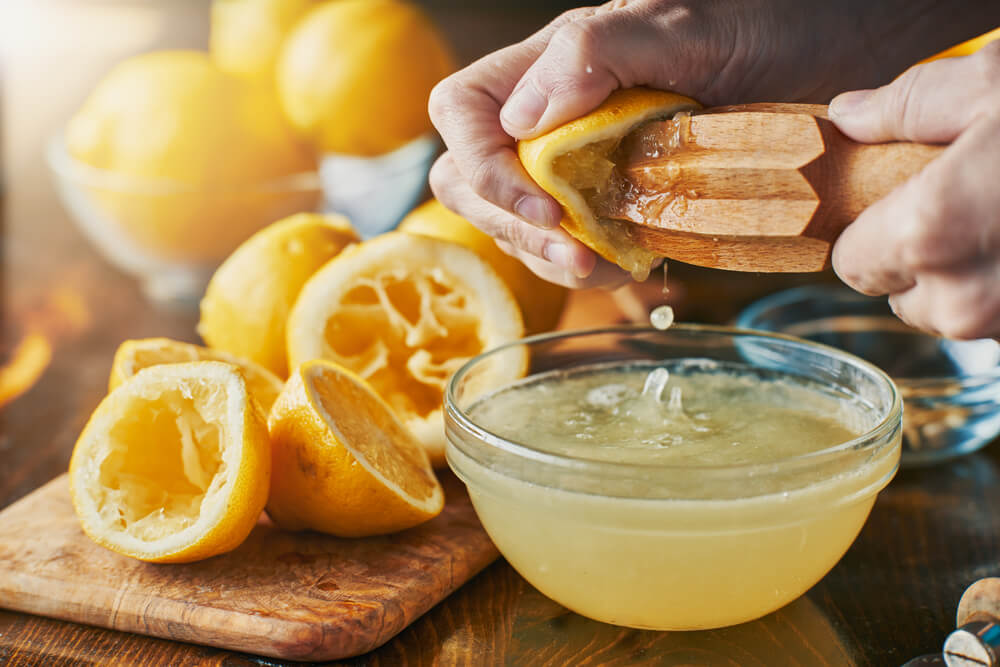
You will find this ingredient in so many DIY skin care recipes, with claims that it can effectively lighten the skin while providing a potent dose of vitamin C. This may sound good, but lemons don’t just contain vitamin C. Lemons are made up of thousands of different components, and some of these have been proven to be extremely harmful to the skin.
Take furocoumarins, a chemical in lemon that has photo-mutagen properties. This means that, when it is exposed to UV rays, it causes DNA damage in the skin, not only leading to superficial burns but also serious skin damage on a deeper level.
Lemons also contain substances that are known to be irritating to the skin, such as citral and limonene.
Plus, lemon juice is extremely acidic, very much more so than your skin. Applying such an acidic ingredient to your skin will throw off your skin’s natural pH balance, which can lead to a whole host of extra issues.
With all of that in mind, you probably now find it pretty shocking that lemon juice is used in so many DIY skin care recipes, especially without those warnings being stated alongside.
Another natural ingredient best avoided is baking soda.
You might be thinking…
Isn’t baking soda meant to be an effective natural exfoliant? And doesn’t it also treat dark circles under the eyes, as well as eye bags?
That’s what many may say, but those claims are hugely misguided…
Here’s the main problem with baking soda:
Baking soda is extremely alkaline. Your skin’s natural pH level lies at around 5.5, whereas the pH level of baking soda is 9. As you can see, this is on the opposite end of the scale when it comes to what is good for your skin.
As mentioned above when discussing lemon juice, using an ingredient that alters your skin’s pH level to such an extent can cause a wide range of skin issues to appear, such as:
- Eczema
- Acne
- Psoriasis
- Accelerated skin aging
- Dryness
- Oiliness
As you can see, the symptoms of an imbalanced skin pH are so varied, meaning that it will likely take you a while to figure out exactly what is causing your new issues. In the meantime, those DIY skin treatments will only be causing additional damage, exacerbating your problems even more.
The problems get even worse if you are using these DIY treatments on the skin around your eyes.
Why?
Because the skin here is extremely delicate, and is much thinner than the skin on the rest of your face, making it highly susceptible to damage. This is an area that you really don’t want to be messing around with, making it worth turning to professionally-formulated products to tackle any concerns you have with the skin around your eyes.
If it’s dark circles, puffiness and crow’s feet getting you down, give the OROGOLD 24K Dark Circle Eye Solution a try. It is packed with a potent blend of tightening, brightening and rejuvenating ingredients, and while you will need to use it daily to begin with for your initial skin transformation, you will then only need to use it weekly to maintain your results.
It can be so tempting to give DIY skin treatments a try. Not only do these recipes and hacks make so many incredible promises, but the fact that most of them are free means that you’ve got nothing to lose, right?
As you now know, this couldn’t be further from the truth. While many DIY skin treatments may seem harmless, they could actually end up causing your skin some serious long-term damage, which is why you will usually be best off sticking to tried-and-tested products, especially when it comes to your face.


